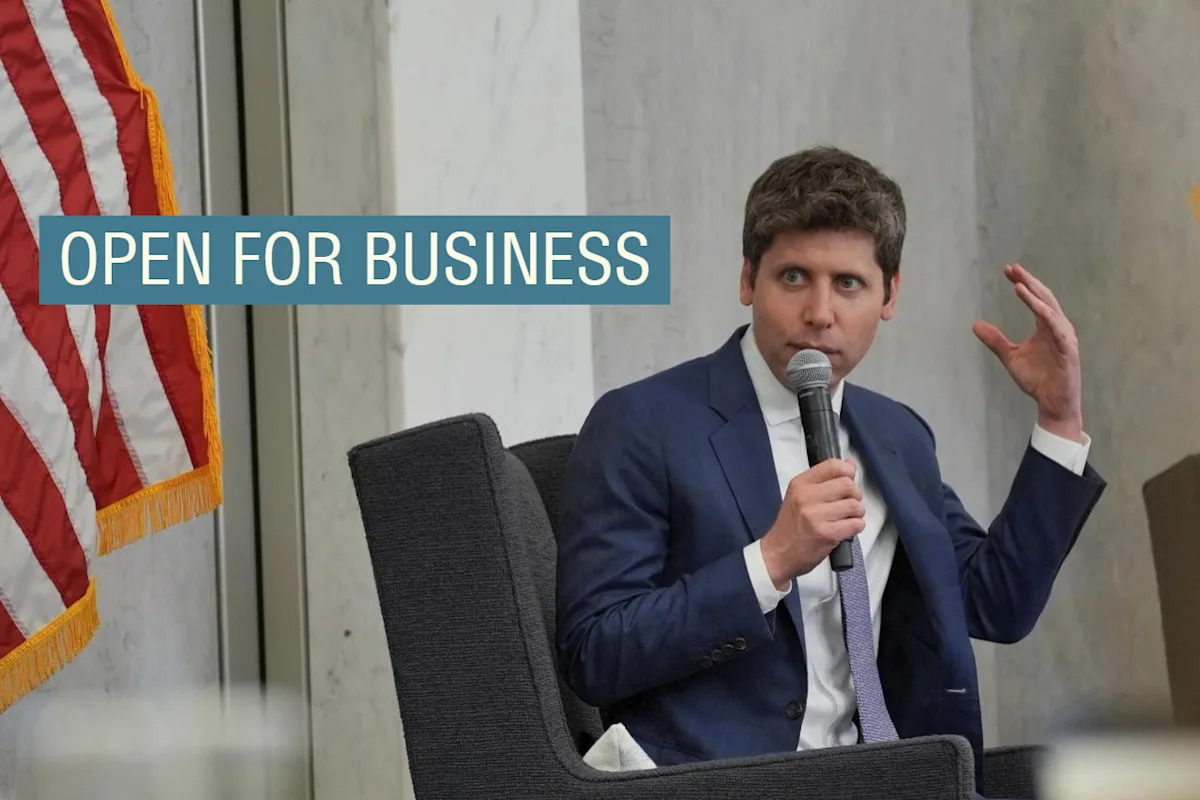OpenAI completed a shift to a conventional for profit company in October 2025 to simplify capital raising and speed commercialization. The move could accelerate investment and product rollouts while inviting renewed regulatory scrutiny and governance debate.

OpenAI has completed a long anticipated corporate restructuring that formalizes a conventional for profit company, concluding a years long legal and governance debate. Announced in October 2025, the change is intended to make it easier for OpenAI to raise capital and scale operations. The OpenAI restructuring may reshape investor relations, product roadmaps and regulatory attention across the AI industry.
OpenAI began in 2015 as a nonprofit research organization focused on safe artificial intelligence. In 2019 the group created OpenAI LP, a capped return vehicle intended to attract investment while keeping mission controls with a nonprofit board. That hybrid model was unusual and over time produced legal complexity and debate about incentives, accountability and fundraising flexibility. With the OpenAI corporate restructuring 2025 now complete, the company has moved to a more familiar corporate form to simplify capital formation and decision making.
Moving to a for profit company reduces structural friction when negotiating with large investors, cloud vendors and chip partners. The OpenAI commercialization strategy can now align more directly with standard corporate finance tools, from equity rounds to debt and potential public market exit options. That can accelerate infrastructure investment, hiring and deployment plans. For investors, the question is how the new structure changes valuation dynamics and investor returns for a company that has been central to the AI ecosystem.
A conventional corporate model typically ties executive and board incentives more closely to shareholder value. That can encourage faster product rollouts and more aggressive go to market moves. At the same time it raises the risk of mission drift, where commercial urgency conflicts with long term safety and governance goals. The OpenAI governance structure will be tested as boards and executives balance growth targets with commitments to safe deployment and public interest.
Simpler corporate mechanics make it easier for external stakeholders to assess accountability but may also intensify regulatory focus. Lawmakers and regulators concerned about concentration of power, AI safety standards and consumer protections will likely press for clearer commitments, transparency measures and oversight mechanisms. The restructuring therefore may invite more formal regulation, not less.
The move reflects broader trends where early stage research incubators adopt investor friendly structures to compete in capital intensive markets. Comparisons to other AI firms that adopted public benefit corporation status or conventional for profit models will be common as stakeholders evaluate trade offs between mission and profit. Search interest for phrases like OpenAI for profit, OpenAI governance structure and OpenAI regulatory scrutiny is likely to rise as the market digests the consequences.
OpenAI restructured to a conventional for profit company to simplify capital raising and speed commercialization. The change could accelerate investment and product rollouts while sharpening debates about safety, governance and regulatory oversight. Businesses, investors and policymakers should watch how the company translates the new corporate form into board practices, transparency measures and deployment decisions. The key test will be whether faster innovation comes with strong safeguards that protect public interest.



